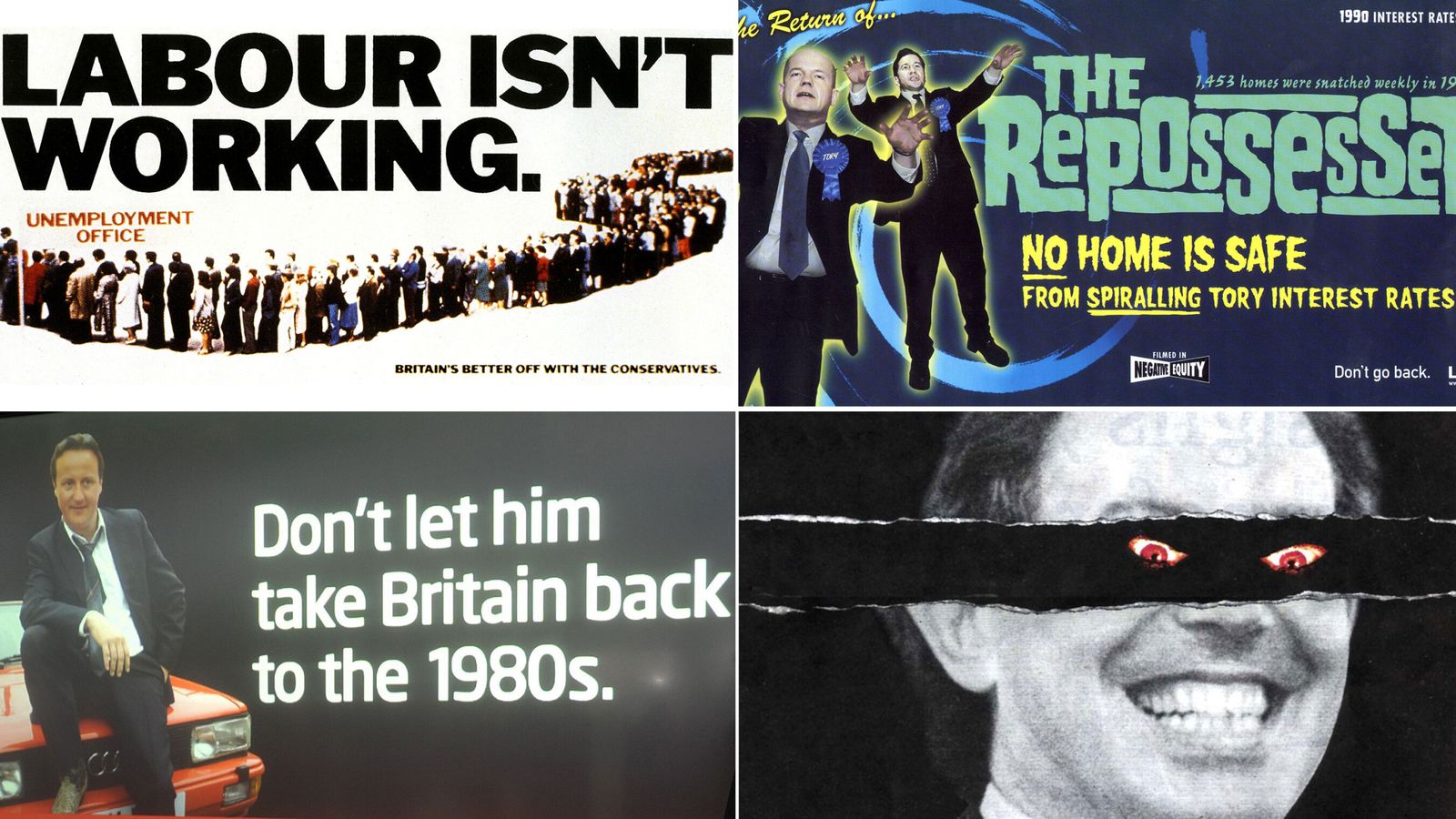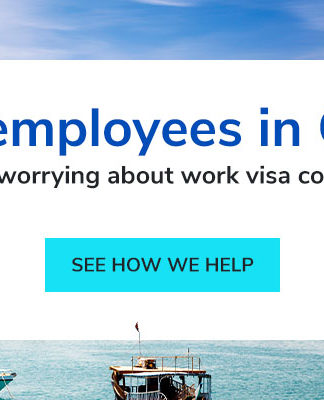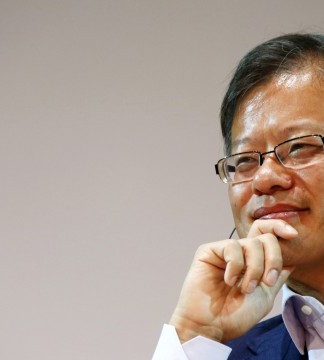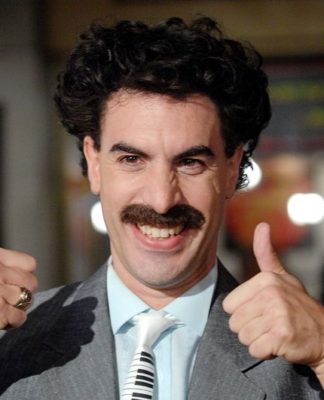Labour ‘attack ads’, the political campaigns that have cut through and their impact on elections
As Labour doubles down on its social media campaign focused on Rishi Sunak, Sky News takes a look at memorable political adverts and their impact on elections.
Faye Brown
Political reporter @fayebrownSky
Wednesday 12 April 2023 01:21, UK
Listen to this article
0:00 / 7:26
1X
BeyondWords
Audio created using AI assistance
Election Posters
Image:
Election Posters
Why you can trust Sky News
Labour is continuing to face a backlash over its social media posts criticising Rishi Sunak’s record – but the party is far from the first to use so-called dirty tricks to win over voters.
One of the earliest and most famous attack ads was used by Lyndon Johnson against Barry Goldwater in the 1964 US Presidential election.
Known as “Daisy”, the ad showed a little girl plucking petals from a flower before a nuclear blast filled the screen. “These are the stakes. To make a world in which all of God’s children can live”, said a voiceover by Johnson in the background.
The message – that Goldwater’s approach to the Cold War could lead to nuclear annihilation – was not lost on the American people, who voted in Johnson two months later.
The ad pioneered negative political advertising, which soon made its way across the Atlantic.
Here, Sky News looks at some of the most memorable attack ads in British politics – and their impact on elections.
Labour isn’t working
BADRY3 CONSERVATIVE PARTY advert in 1978 produced by the Saatchi & Saatchi agency
Image:
The ‘Labour isn’t working’ campaign is considered one of the most influential attack adverts in British politics
A decade on from Daisy, a 1979 poster for the Conservative Party declaring “Labour isn’t working” heralded the arrival of US-style political advertising in the UK.
Created by Saatchi and Saatchi, the ad showed a picture of a snaking dole queue outside an unemployment office.
The designers planned to use 100 extras but only 20 from the Hendon Young Conservatives showed up – so the effect was achieved by photographing the same people over again and striping them together.
Labour’s Denis Healey denounced this in parliament, claiming that the Conservatives were “selling politics like soap powder”.
But his criticism served only to generate widespread newspaper coverage of the poster- which came to define Margaret Thatcher’s victorious election campaign.
Labour’s tax bombshell
The Conservative's ’ 1992 Tax Bombshell poster
Image:
The Conservative’s ’ 1992 Tax Bombshell poster helped secure another election victory
Maurice Saatchi also developed a poster widely credited with swinging the 1992 election in the Conservatives’ favour.
In response to Labour’s budget plans aimed at leaving eight out of ten families better off, the Tories created a giant poster of a bomb and the tagline: “Labour’s tax bombshell: You’d pay £1,250 more tax a year under Labour.”
It tapped into voters’ concerns that Labour’s tax and spending plans would hurt ordinary people, and helped to propel John Major to an unexpected victory.
Read More:
Labour takes inspiration from Australia with Sunak attack ads
Labour tweets second attack on Sunak despite ‘gutter politics’ row
Tony Blair’s eyes
The Conservative Central Office unveiled their latest pre-election campaign weapon, a poster depicting Tony Blair with demonic eyes.
Image:
The Blair devil eyes campaign created a lot of noise but ultimately didn’t gel with the public
Not all the Conservatives’ attack ads have been successful. The 1997 Tony Blair’s eyes campaign generated many headlines but failed to prevent a Labour landslide victory.
It showed a picture of a smiling Tony Blair with a strip containing his eyes torn away and replaced with demon eyes. “New Labour, New Danger,” ran the slogan beneath.
An ad industry magazine named it their campaign of the year, claiming it had successfully played on public doubts about Mr Blair as well as generating £5m worth of publicity on the back of £125,000 spend.
But the Advertising Standards Authority received 150 complaints, including one from the Bishop of Oxford.
The image also did not gel with voters. Labour won a 179-seat majority at the 1997 election – ending 18 years of Conservative government
Be Afraid
Labour's latest election poster behind Millbank Tower in London. The poster depicts Tory leader William Hague's face, with the hair style of former Tory Premier, Margaret Thatcher.
Image:
A Labour poster depicting Tory leader William Hague’s face with the hair style of Margaret Thatcher
In previous elections, Labour adverts were generally seen as being one step behind the more ruthless attacks from their opponents.
But that changed when Blair recruited top ad executive Trevor Beattie – whose famous work included the Wonderbra “Hello Boys” poster and French Connection’s “FCUK” campaign.
Beattie was also the brains behind Labour’s 2001 “Be Afraid” posters depicting Tory leader William Hague with Thatcher’s hair at No 10.
While Blair reportedly had concerns the campaign was flippant, his communications director, Alistair Campbell, persuaded him it was funny while making a “really powerful negative point”.
Gene Hunt
Foreign Secretary David Miliband (left) and his brother Secretary of State for Energy and Climate Change Ed Miliband, during the launch of their party's latest poster campaign, in Basildon, Essex, depicting Conservative Party leader David Cameron as TV detective Gene Hunt, designed to revive memories of 1980's social unrest and youth unemployment.
Image:
This ad backfired on Labour during the 2010 election
Labour rolled up its sleeves again in 2010, with a poster depicting then Tory leader David Cameron as Gene Hunt, the politically incorrect star of Ashes to Ashes.
Cameron was pictured above the words: “Don’t let him take Britain back to the 1980s.”
But the move backfired when the Tories adopted the image and replaced the slogan with: “Fire up the Quattro. It’s time for change.”
Miliband in Salmond’s pocket
Conservative Party campaign posters outside Granada TV Studios in Manchester, where Labour Party leader Ed Miliband launched his party's manifesto.
Image:
In 2015, the Tories ran ads depicting Ed Miliband as being in the pocket of the SNP
In 2015, having lost the 2010 election, Labour said it would not use Cameron in any of its advertising and focus on “issues not personalities”.
But the Tories made no such promise and depicted Ed Miliband in Alex Salmond’s pocket, in posters warning about the threat of an SNP-Labour coalition.
Although Miliband ruled this out, the message cut through to the public and dominated much of the general election debate.
An internal inquiry into Labour’s 2015 election defeat said allowing the Conservatives to raise the threat of the SNP in government impacted the result.
Corbyn ‘chlorinated chicken’
While some political strategists argue negative attacks are key to winning elections, MPs have expressed concern they can drag down standards in public debate, isolating voters.
In September 2019, the Conservatives were accused of “silly playground behaviour” by their own party after launching a campaign depicting Jeremy Corbyn as a chicken over his decision to block an early general election.
The Conservatives’ Twitter account shared a doctored image of the former Labour leader in a chicken suit, with the caption: “Hey (KFC), we’ve found an even bigger chicken than you.”
Brexit bus
Brexit Bus
Image:
Vote Leave’s NHS Brexit Bus claim was one of the most contentious claims during the referendum
Not all of the most memorable political adverts in recent years have been attacks.
The claim that the NHS would get an extra £350m a week if the UK left the EU, emblazoned on the side of a big red bus, was a key element of the successful Vote Leave campaign.
While factually dubious it sent a message to the public that Britain sends a lot of money to Europe that could be spent on domestic issues – something which cut through to ordinary voters.
Click to subscribe to the Sky News Daily wherever you get your podcasts
As Sky’s political correspondent Rob Powell points out, Labour’s recent controversial claim that Rishi Sunak doesn’t want to see child abusers jailed is a tactic taken straight out of Vote Leave playbook.
Broadly speaking, this works by disseminating dubious and inflammatory content, waiting for a backlash that amplifies the message before sending out spokespeople to stand by the campaign and give it a longer media shelf life.
The result is that amid the maelstrom of outrage and the process of journalists picking apart the accuracy of the suggestions, most ordinary voters only really perceive the core message.
Labour party Tweet
Image:
Labour party Tweet
In 2016, that message was that the UK sends a lot of money to the EU.
In Labour’s recent case, it’s that the Tories have gone soft on crime.
Related Topics
Labour






























